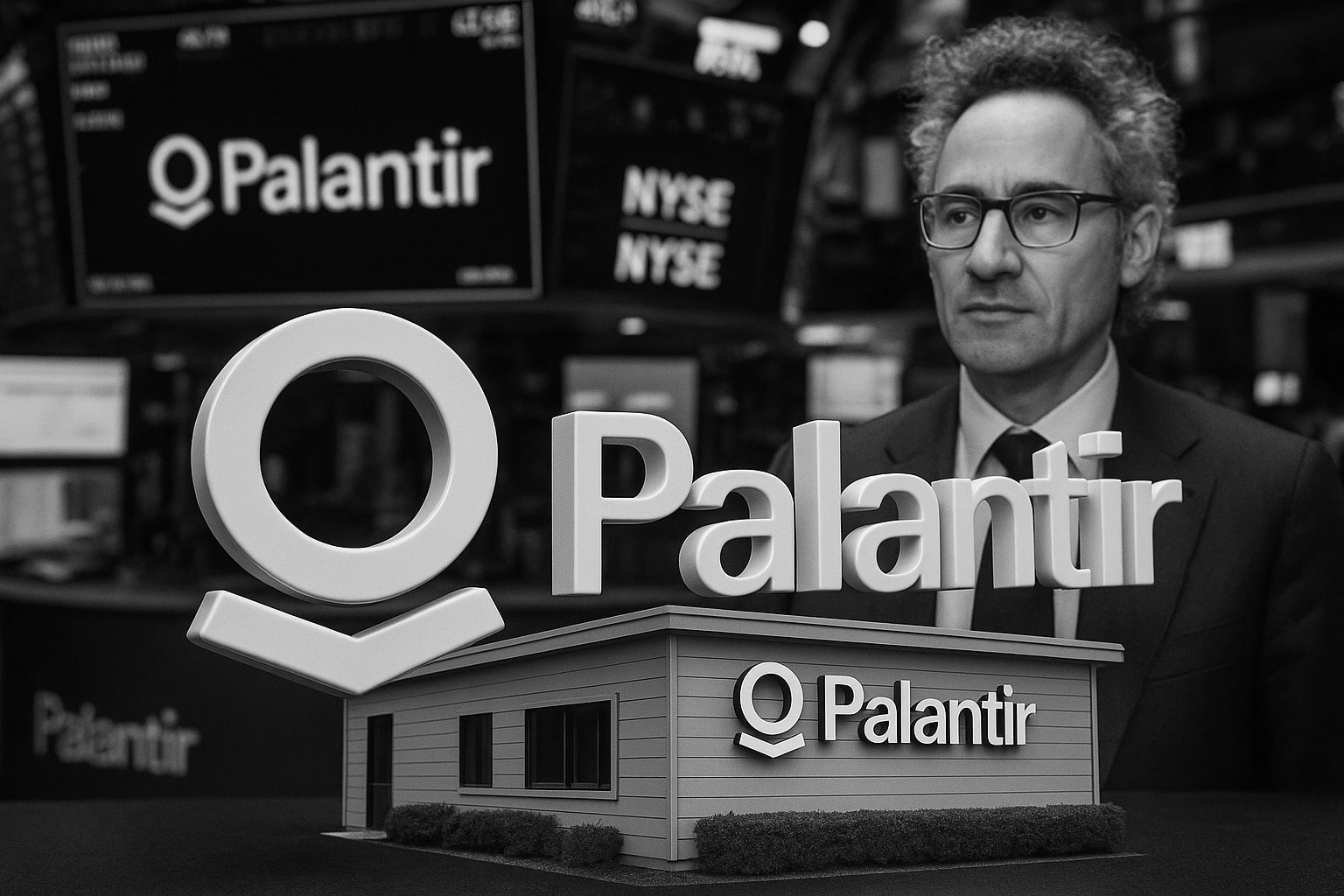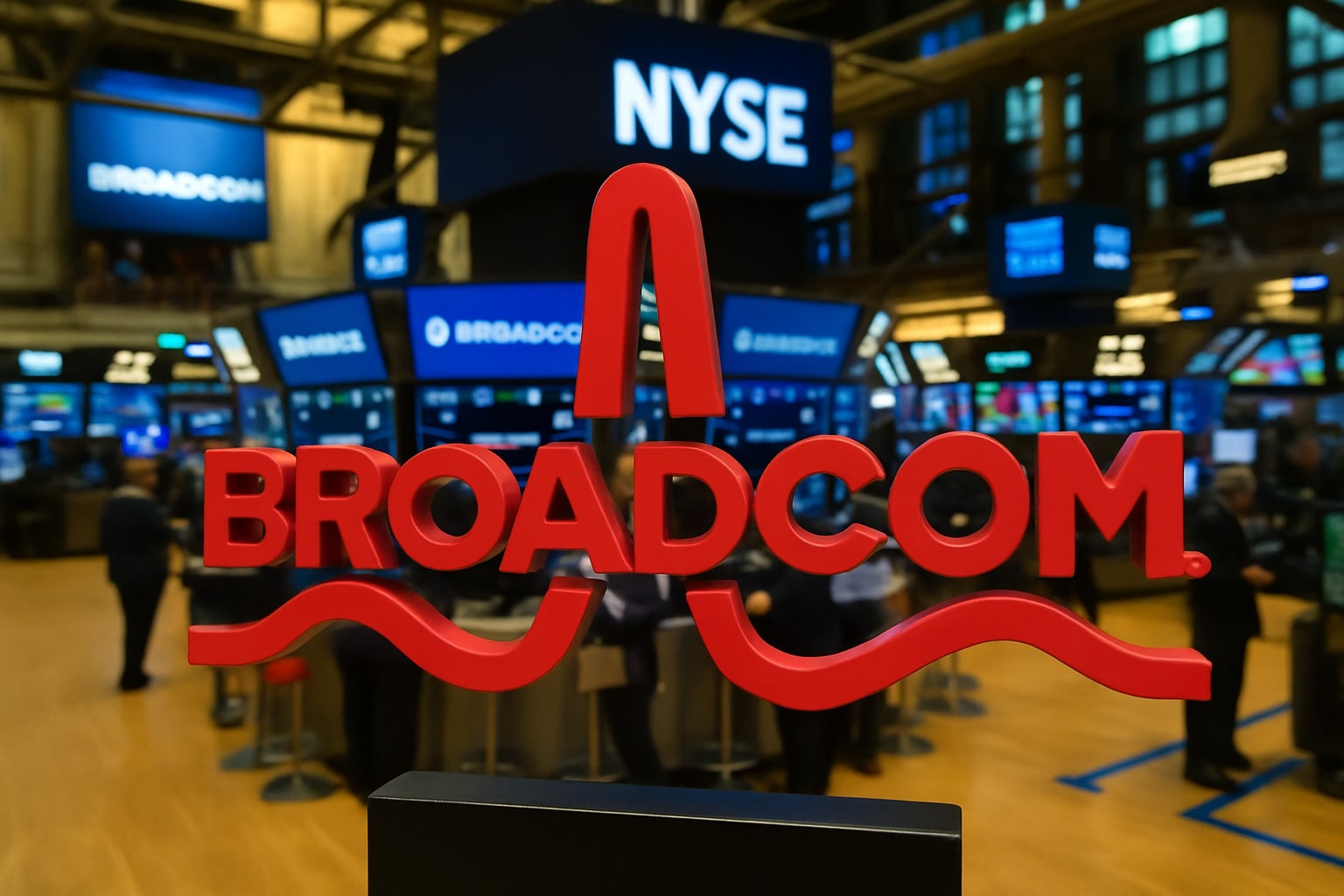Global EV Market Headwinds and Demand Dynamics for NASDAQ:TSLA
Tesla’s sales slump this quarter must be viewed in the context of broader electric-vehicle trends. After surging 70 percent in calendar 2021, global EV deliveries grew just 25 percent in 2024 as new competition from BYD, NIO and traditional automakers intensified. In China—the world’s largest EV market—Tesla’s Model Y saw registration volumes down 6 percent year-on-year in Q1 even as overall BEV registrations climbed nearly 30 percent. In Europe, Tesla’s share of battery-electric registrations fell from 14 percent to 9 percent as Volkswagen, Stellantis and Renault rolled out new, more affordable long-range models. Meanwhile in North America, tighter credit conditions and rising interest rates pressured consumers; U.S. EV incentives under the Inflation Reduction Act have helped, but overall light-vehicle sales declined 2 percent in Q1. For NASDAQ:TSLA to reverse its delivery slide, the upcoming Model 2 (sub-$30 000 price point) must arrive on time this summer and capture mass-market buyers wary of higher-cost luxury EVs.
Automotive Margin Pressures and Cost-Cutting Initiatives
Hardware discounts, aggressive lease deals in Europe, and rising commodity prices cut automotive gross margin by 170 basis points to 21 percent. Tesla’s full-year capex plan above $10 billion now includes $2 billion earmarked for new casting machines in Texas and Germany to cut parts count and manufacturing expense. CFO Vaibhav Taneja highlighted opportunities to shave $1 500 off per-vehicle cost by end of 2025 through localized battery cell sourcing—shifting LFP cell production to Giga Texas and Berlin—and streamlining electronic module assembly. Overhead expense rose 12 percent to support software and service center expansion, but Musk affirmed a target to hold OpEx below 6 percent of revenue in H2. If Tesla delivers on its cost-reduction roadmap, break-even automotive margins near 25 percent could be recovered by Q4 2025, underpinning EPS growth even if volumes stagnate.
Balance Sheet Strength and Capital Allocation
Tesla ended Q1 with $19.2 billion in cash and equivalents against $13.7 billion of short- and long-term debt, leaving net liquidity of $5.5 billion. Free cash flow of $2.6 billion in the quarter was generated despite negative working-capital swings tied to Shanghai factory buybacks of unsold inventory. With $2 billion of 2025 debt maturities coming due, the company is in position to refinance at lower rates or accelerate share repurchases—the board has authorized $10 billion through mid-2026. Inside shareholders quietly picked up 200 000 shares in the open market last month; all insider activity can be viewed at Tesla’s insider transactions profile on TradingNews. Prudent capital allocation toward robotics and Dojo expansion will be critical to preserving that liquidity cushion as losses in FSD and Optimus R&D mount.
Competitive Landscape: Who Wins Autonomy?
Waymo and Cruise remain Tesla’s chief rivals in robo-taxi trials, but neither has deployed more than a few dozen vehicles publicly. Tesla’s installed base of 4 million connected cars offers a data advantage unbeatable by startups, with over 50 billion miles of real-world driving telemetry feeding neural-net training. Yet regulators are scrutinizing every disengagement report; a recent NHTSA inquiry into a Cybertruck incident in Los Angeles underscores the risk of headline-driven setbacks. Chinese startups Xpeng and Baidu Apollo are piloting L4 test fleets in select cities, backed by government subsidies that Tesla cannot access outside of joint-venture arrangements. Maintaining regulatory goodwill will require Tesla to invest in third-party safety audits and transparent reporting—an area Musk has historically resisted. Failure to secure street-legal status for full self-driving in major U.S. metros by year-end could cede the robotaxi opportunity to better-funded peers.
Energy Generation & Storage: A Second Growth Engine
Revenue from solar and storage jumped 67 percent year-over-year, with Megapack deployments doubling to 3 GWh in Q1. Utilities from California to Germany signed new long-term contracts to integrate Tesla’s Virtual Power Plant software, leveraging 200 000 Powerwall units already installed in homes. EBITDA margin for energy solutions held steady at 15 percent despite import duties on Chinese cell components. With global battery capacity forecasts rising from 4 TWh in 2024 to 12 TWh by 2030, Tesla’s vertically integrated gigafactories in Nevada, Shanghai and Berlin position it to maintain cost leadership. If the company can scale U.S. LFP cell production by Q3 and sidestep new tariff proposals, energy solutions could contribute 30 percent of Tesla’s total profit pool by 2027—transforming the firm into a broader clean-energy powerhouse.
Technical Chart Patterns and Option Market Indicators
On the daily chart, TSLA reclaimed its 50-day moving average at $273 and is challenging the 200-day line near $295—key inflection points suggesting building short-squeeze dynamics. Volume has spiked 45 percent above the 30-day average on rallies above $285, signaling institutional accumulation. Put-call open interest ratio has fallen to 0.8, one of its lowest levels since March, indicating bullish skew in option flows. The RSI sits at 62, well off overbought extremes yet firmly in positive territory. A sustained close above $300 could trigger a breakout toward $330, the March 2025 peak, while failure to hold $265 risks a retracement to $240.
Analyst Sentiment and Price Targets
Wall Street consensus remains mixed: among 40 covers, the split is 45 percent Buy, 30 percent Hold, and 25 percent Sell, yielding a consensus price target of $290, just 3 percent above yesterday’s close. Wedbush’s Dan Ives raised his target from $315 to $350, citing “Musk’s pivotal return focus and regulatory tailwinds,” while Morgan Stanley trimmed its target from $330 to $275, pointing to margin compression and slowing volume growth. Tesla’s next catalyst will be Q2 deliveries (mid-July) and the first public release of FSD city-driving beta outside North America—events that could swing analyst forecasts by 15 to 20 percent.
Investment Stance and Near-Term Outlook
Tesla presents a unique risk-reward profile. The stock trades at 29 times forward earnings, commanding a premium that assumes success across three moonshot initiatives—autonomy, robotics and energy. Short-term catalysts such as tariff relief or FSD regulatory approval could spark 20 percent upside, but execution missteps in any pillar risk a 15 percent pullback. Given the balanced mix of potential and peril, our view for NASDAQ:TSLA is a Hold, with selective accumulation on dips to the $260–$270 range for qualified long-term investors. For up-to-the-minute quotes and interactive charts, see Tesla’s real-time page on TradingNews.



















